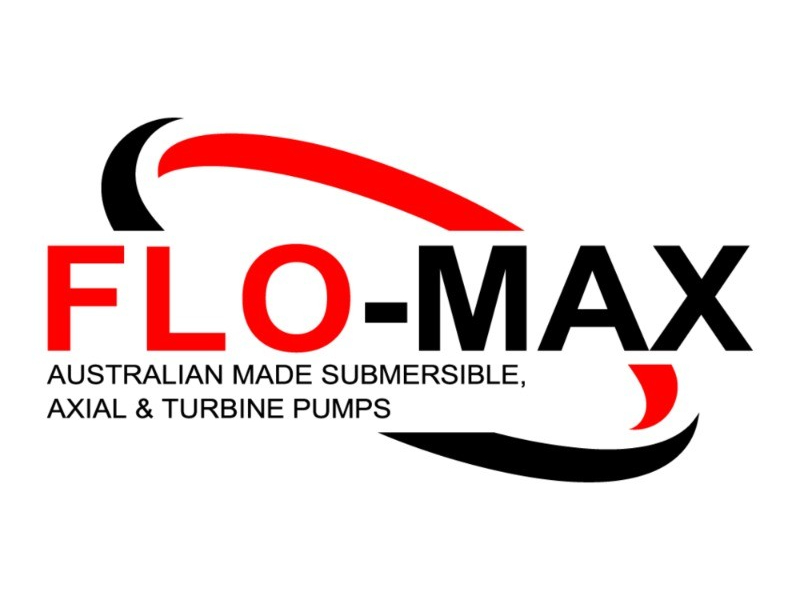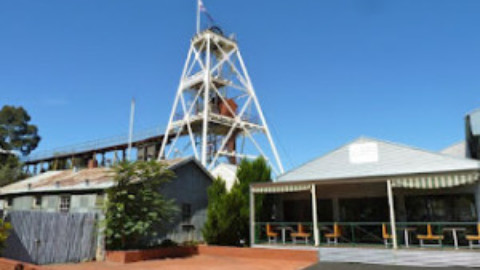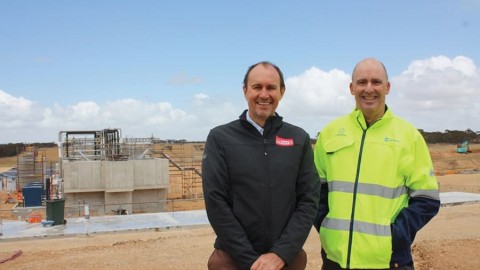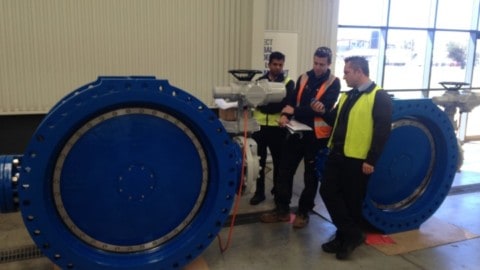The New South Wales Government has announced that planning approval has been issued by the Department of Planning, Industry and Environment for a desalination plant at Belmont.
The desalination plant will produce up to 30 million litres of drinking water a day in response to drought, providing an enduring supply of water for the Lower Hunter.
The approved plant’s water production capacity is double that originally proposed, increased from 15 million litres per day to 30 million litres per day.
This will provide greater drought security and reliability, improve efficiency and deliver greater value for money for the Lower Hunter community.
The planning approval also confirms the direct ocean seawater intake system, which involves piping seawater from a kilometre offshore.
The approval is supported by comprehensive environmental impact investigations, which indicate that potential impacts can be mitigated through detailed design and delivery.
New South Wales Minister for Water, Property and Housing, Melinda Pavey, said the Hunter was one of the regional areas hit hard during the last drought.
“Regional communities endured the worst drought on recent record and we are working to better drought-proof our communities,” Ms Pavey said.
“The Lower Hunter’s storages are relatively small and shallow, resulting in water levels dropping quickly. In a severe drought, water storages can drop from typical operating levels to 15 per cent in less than three years.
“This plant is a key action from the 2014 Lower Hunter Water Plan to help secure our water supply during drought, alongside conservation measures including reducing leakages, using groundwater from the Tomago Sandbeds, and water transfers between regions.”
Hunter Water Managing Director, Darren Cleary, said the approval provides an additional source of safe and reliable drinking water for the region in the event of a severe drought.
“Desalination is one of only a few water supply options that is rainfall independent, helping us to continue to support our customers and communities regardless of changes in weather or climate.
“The Lower Hunter community gained a sense of what a prolonged and severe drought would be like when we all experienced the most recent drought through 2019-2020, which saw the introduction of water restrictions for the first time in many decades.
“Fortunately, the drought broke with good rainfall. The Lower Hunter’s water system can fall from typical levels to 15 per cent in less than three years, even with the implementation of a range of drought response measures and restrictions. Had the drought continued beyond three years, our region could have run out of water.
“The Belmont plant is now part of our region’s ongoing water security package. Hunter Water is finalising the review of the Lower Hunter Water Security Plan, which will outline additional proposed supply and demand measures to ensure a resilient water supply for our region that caters for growth and can respond to the impacts of drought and climate variability,” said Mr Cleary.
More extensive actions on water conservation will be outlined in the draft Lower Hunter
Water Security Plan, which will be released for public comment on Monday 9 August 2021.



















